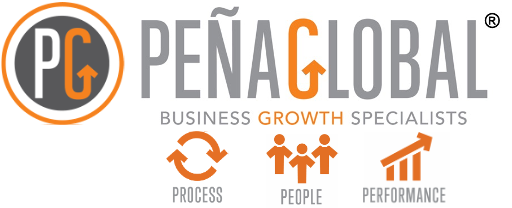THE 7 STAGES OF BUSINESS GROWTH: WHERE STAGE 3 GOES SOUTH
When a company first starts, the CEO is the driving force; he or she is the vision and mission, they are in the work, determining what to do and how to do it. The idea is solid, the work is good, and the company succeeds and grows. Quickly. In the blink of an eye, the company has 21 employees, which means it’s in Stage 3.
At Stage 3, leadership must evolve.
The CEO needs to have an eye on the future, while well-trained managers take responsibility for the staff, maintaining company standards, and sharing your vision. In addition, these managers must understand the next steps, so they can prepare employees for the next phase.
When a CEO won’t let go.
It’s not unusual for a CEO, who has dedicated days and nights to a company, to have a tough time letting go of the day-to-day—especially if they don’t know about the Seven Stages of Business Growth. They don’t understand that they need to let go in order to progress through the next stage of business growth.
What happens when they continue to hold on? Bottlenecks, hub and spoke leadership. Everything has to go through the CEO, which slows decision-making, internal processes and frequently, profitability. It also wreaks havoc on job satisfaction and employee retention.
What’s more, because the CEO is heads down and focused on everyday decisions, there’s less focus on the big picture, less adjustments and preparation for growth. The business is stuck, and to get out, it starts to invest in ways to solve its problems. More often than not, because those “solutions” aren’t based on the real issue or strategic thinking, they cause more problems, more expense and less growth.
Worried about your growth?
If this sounds familiar, or you’re just concerned about the way your business is or will grow, we should talk. Reach out to us at rico@penalglobal.net

